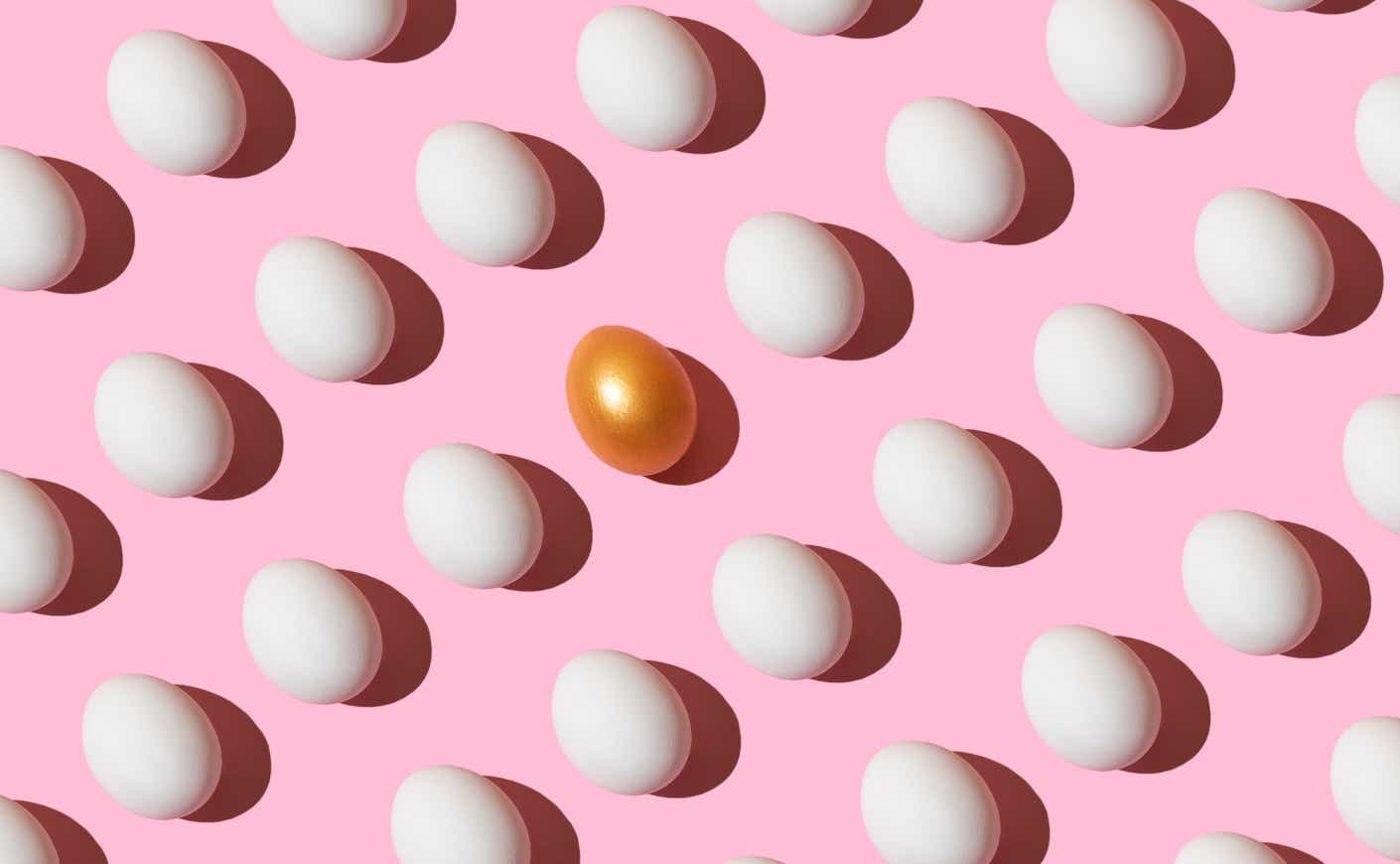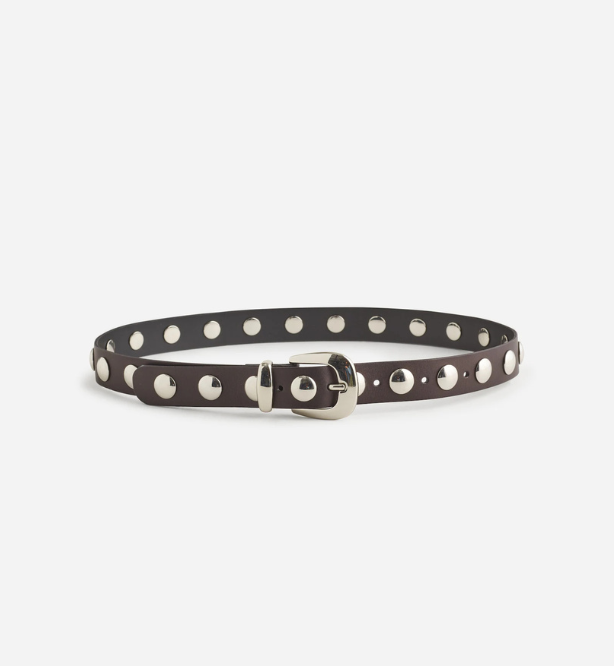These days, it feels like you can’t make an omelette without breaking the bank, am I right?
Eggs are so damn expensive right now that people are panic-buying them at Costco, and bodegas are packaging single eggs and selling them as “loosies.” At my local grocery store here in Brooklyn, a dozen no-frills, non-organic eggs, is going for just short of $10.
Eggs are a large part of my diet, but with how pricey they’ve become, I’ve started to wonder whether there aren’t more economical alternatives out there. So I turned to a plant-based nutritionist and chef for help — and, thankfully, she provided several solid egg substitutes. Here are a few of her favorites, along with simple ways to prepare them.
What to know about egg substitutes
Jackie Newgent, RDN, tells us that the first thing to consider when choosing an egg substitute is what you’d like the ingredient to accomplish within a recipe. “A mashed ripe banana can work really well in place of eggs in pancakes, but not so great in omelets,” Newgent tells us.
There are plenty of products that can pinch hit, but you have to have a sense of what the egg’s role within a dish is. “Are you trying to provide leavening, structure, or a binding agent for a baked good? Or are you looking for something that will add moisture, richness, or flavor for a savory recipe?” Newgent says. “Once you know that, picking the best egg swap to meet your culinary needs will be easier.”
The best egg substitutes
- Chia gel: Newgent likes chia gel — essentially chia seeds mixed with liquid — to bind during baking. The basic formula for one large egg equivalent is to mix one tablespoon of seeds with three tablespoons of liquid and let it stand for about 15 minutes. You can use ground seeds for a smoother texture and white seeds for a lighter color, and vary the liquid based on your specific recipe. (Flax seeds will also work.)
- Aquafaba: Aquafaba, or the liquid from canned, no-salt-added chickpeas, can replace egg whites in a meringue or “whipped cream.” You can use two to three tablespoons to replace one egg white, Newgent says.
- Mashed chickpeas and firm tofu: Mashed chickpeas or a combo of chickpeas and tofu can serve as the base for a plant-based version of scrambled eggs. If you add turmeric, you can replicate that distinctive golden color, and adding tofu provides more “fluffiness,” Newgent says. Both are also great sources of protein.
- Greek yogurt: Greek yogurt can be used in baking, providing moisture and structure to a brownie or cake. You can swap in a quarter-cup of full-fat Greek yogurt for one egg, per Prevention.
- Applesauce: Applesauce is another popular egg substitute for baked goods, though some find it provides less structure than aquafaba or yogurt. You can swap in a quarter cup for each egg in your recipes.
What to know about egg replacement products
Unless you’re vegan, you may not be aware of it, but there are several faux egg products out there. If you’re working on a cake or other sweet treat, Newgent recommends Bob’s Red Mill gluten free egg replacer. It’s a fine powder that’s made of just four ingredients — potato starch, tapioca flour, baking soda, and psyllium husk — and can be used in place of whole eggs or egg whites.
Just Egg is a popular liquid egg alternative that’s made from mung beans and makes for a pretty convincing scrambled egg or omelette. Although it’s considered a processed food, it does offer five grams of protein per serving, and “it’s so easy,” Newgent says: “Just pour straight from the carton and cook it up like real eggs or use it as is in recipes.”













